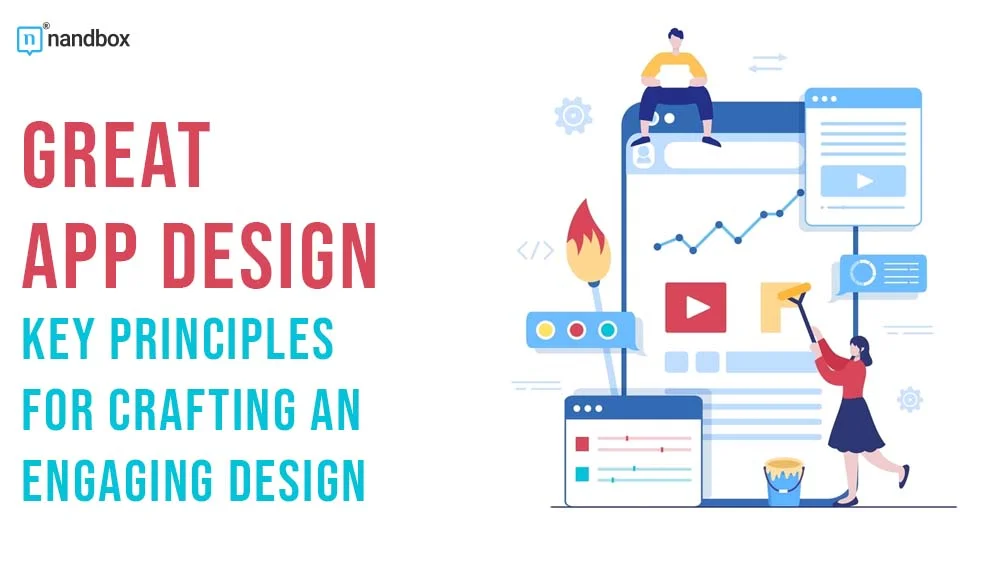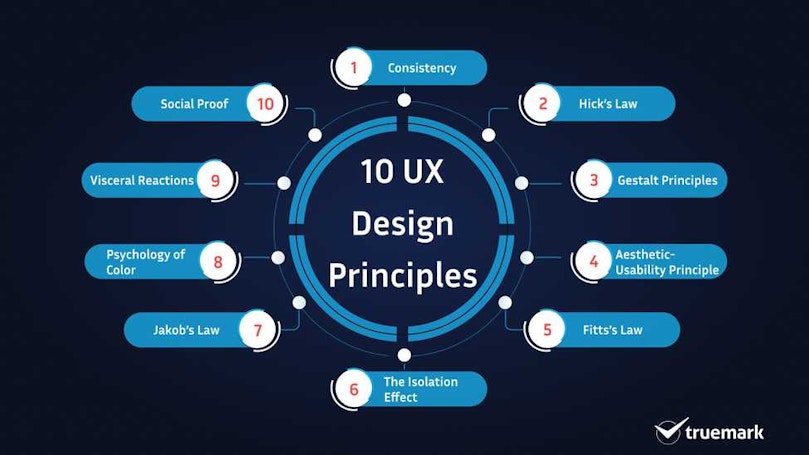"Creating Engaging User Experiences: A Guide to App Design"
In today’s highly competitive digital landscape, mobile applications must do more than function—they need to captivate users. Crafting engaging user experiences (UX) is essential for building strong and lasting relationships with your audience. This manual explores key principles and strategies to help you design apps that not only work seamlessly but also delight users at every interaction.
Understanding Client Experience in Application Design
User experience is about the overall feel and usability of an application from a client’s perspective. A well-designed UX ensures users can achieve their goals easily while enjoying the process. This involves optimizing navigation, ensuring accessibility, and creating visually appealing interfaces.
Key Principles for Creating Engaging Application Design
1. User-Centered Design
The foundation of excellent UX lies in focusing on the user. Conduct thorough research to understand your target audience, including their preferences, pain points, and behaviors. This data should inform every design decision.
2. Simplicity and Clarity
Simplify the app’s interface by prioritizing essential features and eliminating unnecessary elements. A clean and intuitive layout reduces the learning curve and keeps users engaged.
3. Consistency
Use consistent visual elements, fonts, colors, and interactions throughout the application. Consistency fosters familiarity and ensures a smoother user journey.
4. Accessibility
Design your app to be inclusive for everyone, including individuals with disabilities. Features like adjustable text sizes, voice controls, and high-contrast color schemes make your app more usable for a diverse audience.
5. Feedback and Responsiveness
Incorporate subtle animations, haptic feedback, or sound effects to confirm user actions. Real-time responsiveness creates a sense of control and satisfaction for users.
Steps to Create an Engaging User Experience
Step 1: Conduct User Research
Start with surveys, interviews, and usability tests to identify your users’ needs. Develop personas and user journey maps to visualize how different users will interact with your application.
Step 2: Wireframe and Prototype
Create wireframes to outline the app’s structure and flow. Use prototypes to test ideas early and refine them based on feedback.
Step 3: Focus on Navigation
Design a straightforward navigation system to help users find what they need effortlessly. Use clear labels, logical grouping, and intuitive gestures for a smooth navigation experience.
Step 4: Incorporate Visual Hierarchy
Use typography, color contrast, and spacing to draw attention to the most important elements. A strong visual hierarchy guides users naturally through the app.
Step 5: Optimize Performance
Slow-loading apps frustrate users. Reduce loading times and optimize the app’s performance to ensure a smooth and responsive experience.
Leveraging Technology for Better UX
1. Personalization
Tailor content, recommendations, and settings to each user’s preferences to enhance engagement.
2. Microinteractions
Add small, functional animations, such as buttons changing color when pressed, to make the app feel dynamic and intuitive.
3. Gamification
Incorporate gamified elements like achievements, leaderboards, or rewards to encourage deeper engagement with the app.
4. Artificial Intelligence (AI) and Machine Learning
Leverage AI to anticipate user needs, offer real-time suggestions, or power intelligent search functionalities.
Common Mistakes to Avoid
- Overloading Features: Too many features can overwhelm users and distract from the app’s core purpose.
- Ignoring Feedback: Regularly collect and implement user feedback to resolve issues and improve the user experience.
- Neglecting Updates: Keep the app relevant by updating it to match user expectations and emerging trends.
Conclusion
Creating engaging user experiences in application design is both an art and a science. By focusing on user needs, adhering to intuitive design principles, and embracing innovative technologies, you can craft applications that are functional and enjoyable to use. A thoughtfully designed app keeps users coming back, transforming them into loyal advocates for your brand.
Start your design journey today by placing the user at the core of every decision—and watch your application thrive in the crowded digital marketplace.






